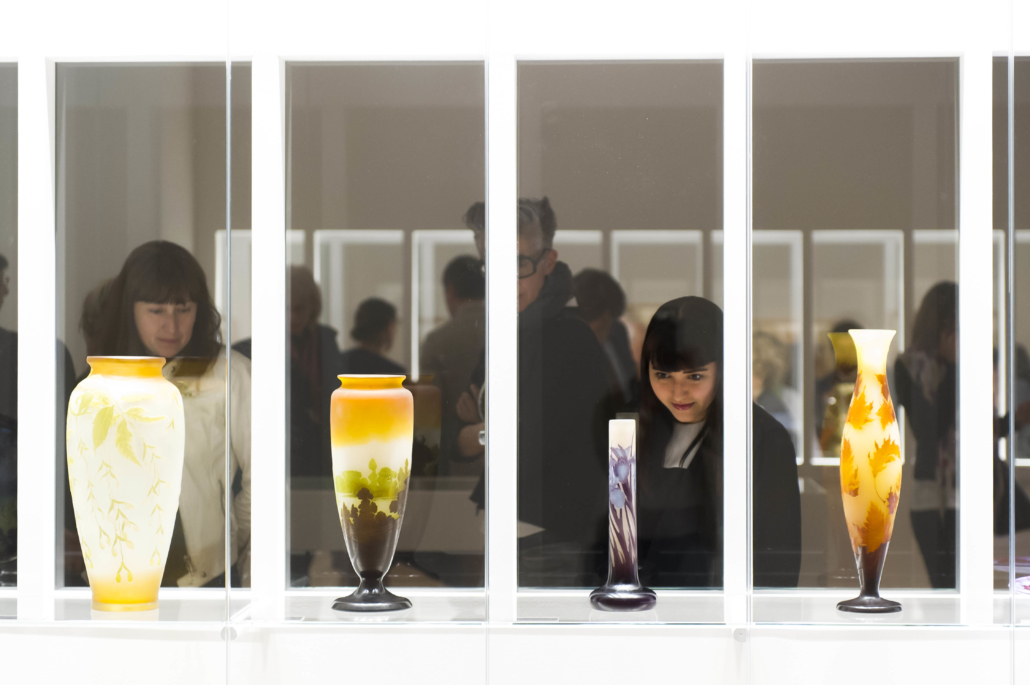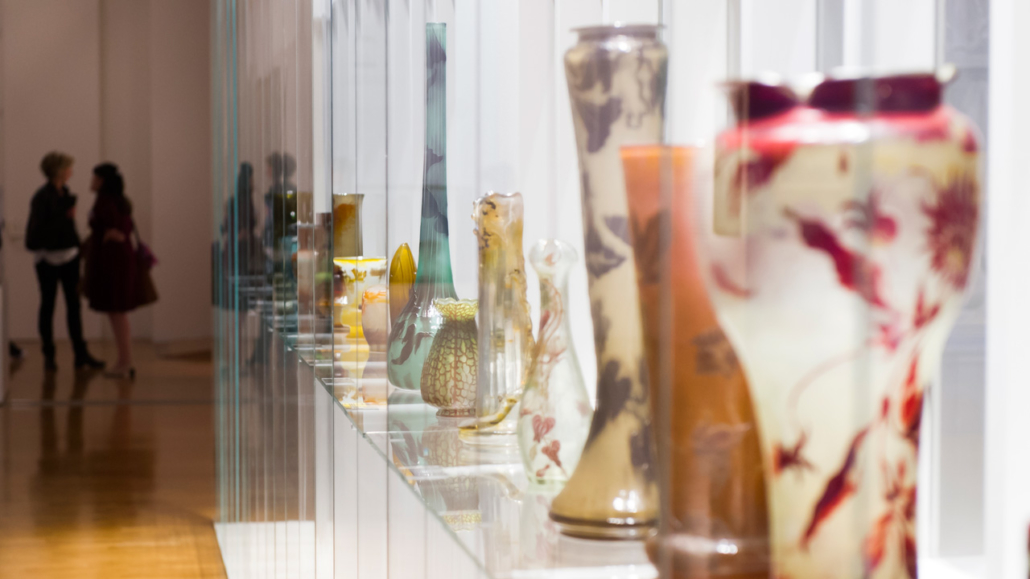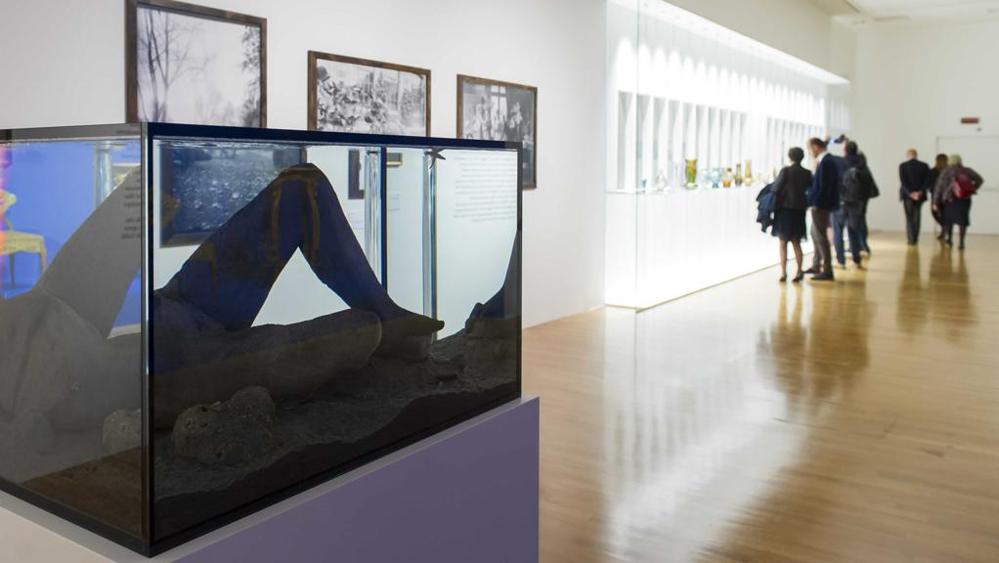Turin | Organismi
If passing through Turin any time soon, bear in mind this curious and fascinating event at the GAM – the city’s modern and contemporary art museum. It’s one of those concept exhibitions which eschews a single theme or period (so last century) to span eras and disciplines which hang together – at first glance it seems precariously – on a thread. The thread, in this case, is natural organisms, and it connects art nouveau to contemporary thinking on sustainability in a heady crossover of art and design, photography, science, architecture and food. Organismi, subtitled From the Art Nouveau of Émile Gallé to Bioarchitecture, proceeds in chronological order, at least. It starts out with the ethereal and exquisite organic designs in glassware and furniture by Gallé, student of botany and then celebrated protagonist of the Art Nouveau movement in France. From the same period, more or less, are drawings by Italian architect Raimondo d’Aronco, a favourite here after he designed the pavilions for the First International Expo of Modern Decorative Arts held in Turin in 1902, and some of the scientific illustrations of Spanish neuroscientist and Nobel laureate Santiago Ramòn y Cajal, no less.
Fast forward (through halls in which works in the Gallery’s permanent collection are woven into the leitmotif of the event) to the turn of the subsequent century, and the exhibition delves into ecosystems in contemporary art, vertical gardens, sustainable building and biodiversity in agriculture. French artist Pierre Huyghe’s living systems are represented by several aquaria. Another Frenchman Patrick Blanc, the visionary botanist-cum-artist who’s been called to create green walls the world over since his first, at Paris’s Museum of Science and Industry, in 1988, also looms large.
Then come the ideas of Bologna architect Mario Cucinella who defines his vision of sustainable architecture as creative empathy: while technology and performance can save energy and reduce pollution, he believes, buildings should also be in harmony with the landscape, climate and culture surrounding them. And drawings by Marcos Lutyens, the British artist working in the US whose practice is centred on the use of hypnosis. To conclude – bearing in mind this isn’t an exhaustive catalogue of the show – a record of the history of the Slow Food movement dedicated to ethical and sustainable food production, and a testimonial of its Granaries of Memory project, from founder Carlo Petrini. If it sounds a bit of a hotchpotch, that is also known as a multidisciplinary approach. The thread holds. Organismi is curated by the GAM’s new director Carolyn Christov-Bakargiev and conservator Virginia Bertone, with exhibition design by above-mentioned Mario Cucinella Architects. It runs until November 6th 2016.





